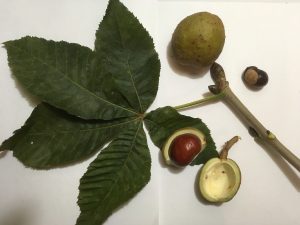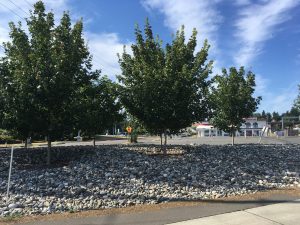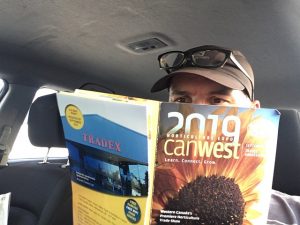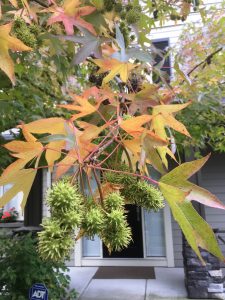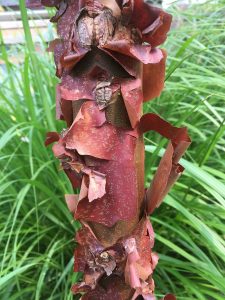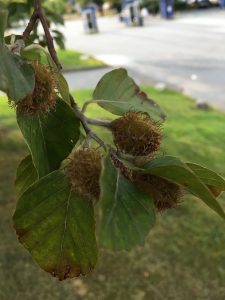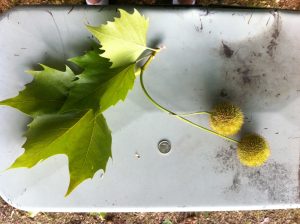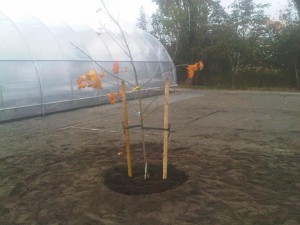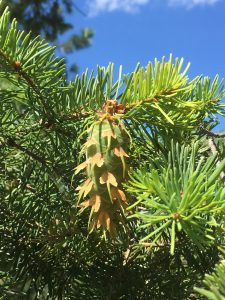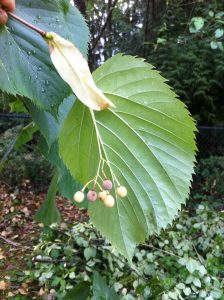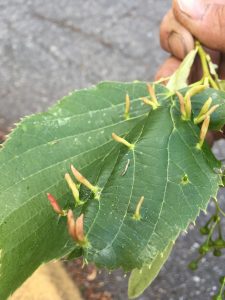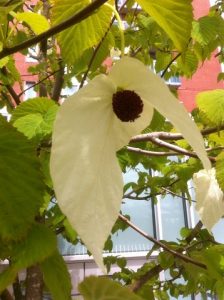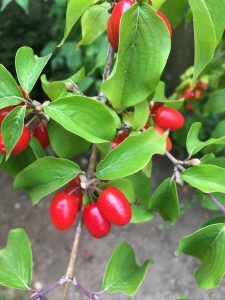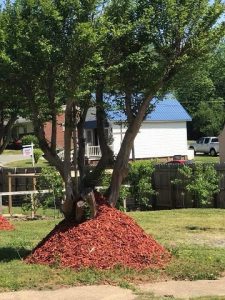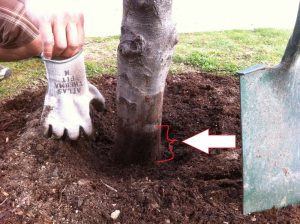I read the Globe and Mail newspaper regularly but I often ignore the latest news. Instead, I look for interesting stories and recently I got lucky. I found a story about a Toronto street horse-chestnut tree (Aesculus hippocastanum). It’s almost a love letter to a lost friend.
The writer had a huge specimen in front of his house and one day city crews came out to remove it. They showed him how the hollow areas inside made it likely that it would collapse on the sidewalk or street. It was in everyone’s best interest to remove it and plant something new.
The story reminds me of how trees can become your friends, even if they annoy you by dropping stuff all year. Flower parts, chestnuts, leaves, etc.
Even I remember doing crafts with horse-chestnuts as a kid. I recall we made animals out of them. And now, many years later, I still can’t resist picking up the shiny brown chestnuts. Then I forget them in a work truck and the boss freaks out.
As soon as the tree was removed the author immediately noticed the lack of shade; and, of course, trees provide many free ecosystem services, shade is just one of them. The street also didn’t look the same post tree removal. Large trees give streets character.
There is lots to like about horse-chestnuts. The large prominent flowers look great, the leaves and buds are huge and the chestnuts are fun to hold and look at.
The author’s municipality offered him a free replacement tree and, of course, he will plant one. He just won’t live long enough to see it mature into a giant. And that’s fine. We need more trees to give cities some character and to combat Global Warming.


